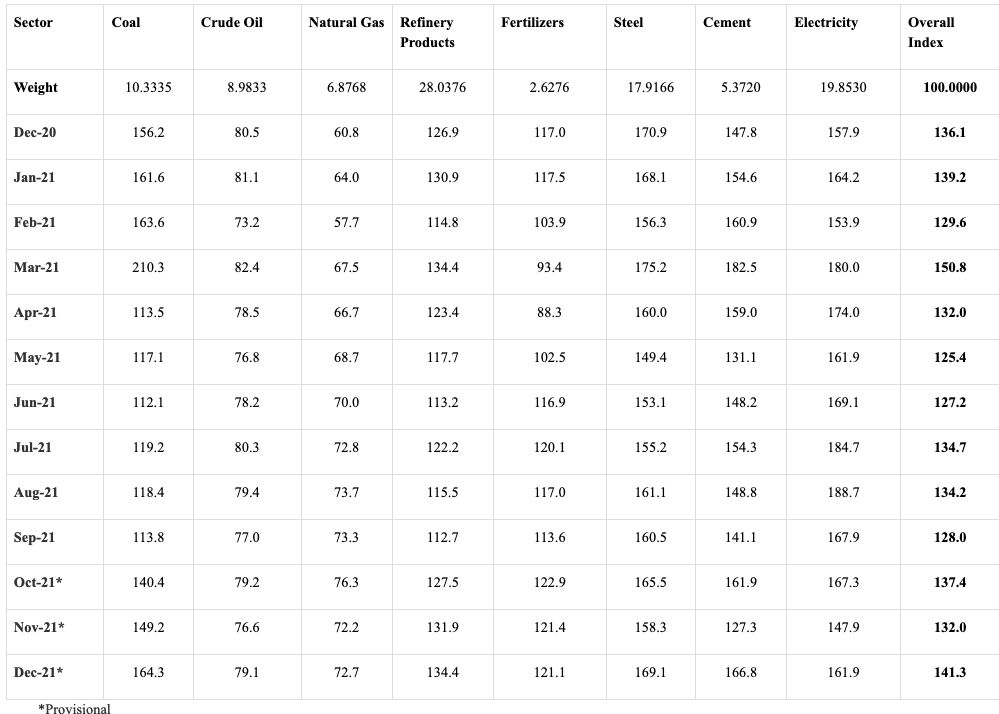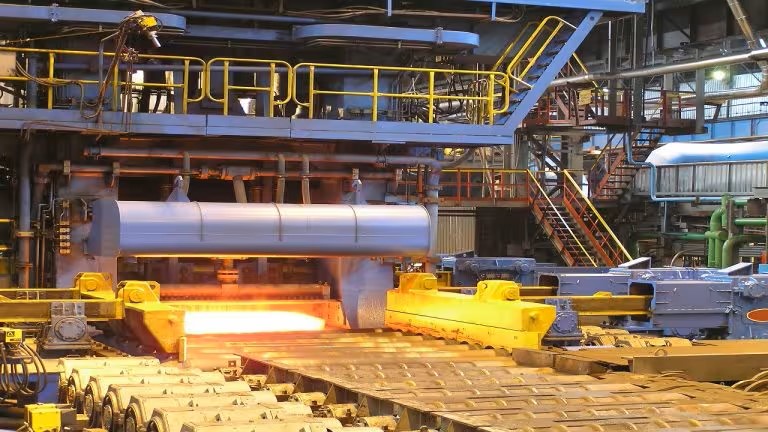December 2023 witnessed a robust performance in India’s industrial sector, as its eight core industries collectively registered a 3.8% growth compared to the same period in 2022. This positive trend, following an upwardly revised 13.4% growth in November, paints a promising picture for continued momentum in the country’s manufacturing landscape.
- Cement leading the pack with an impressive 12.7% surge, fueled by a resurgent infrastructure sector and increased construction activities, particularly in affordable housing and rural development projects. This growth bodes well for continued investments in infrastructure development, a key driver of India’s economic expansion.
- Electricity closely followed at 9.1%, reflecting rising power demand driven by a growing population, rapid urbanization, and electrification initiatives in rural areas. This growth highlights the government’s focus on expanding access to reliable and affordable electricity, essential for powering India’s economic and social progress.
- Steel witnessed a 5.1% growth, indicating a stable demand in key sectors like construction, automobile manufacturing, and white goods. This stability signals a potential revival in the manufacturing sector, which contributes significantly to India’s GDP and job creation.
- Enhanced Production and Job Creation: Increased output across these core industries translates to more goods available for domestic consumption and exports, potentially creating new job opportunities and boosting overall economic activity.
- Export Potential: Growth in key sectors like steel and cement can lead to stronger export performance, improving India’s trade balance and attracting foreign investment. This can further fuel economic growth and create a virtuous cycle of development.
- Infrastructure Development: Rising production of steel and cement is crucial for building essential infrastructure like roads, bridges, and power plants, which act as catalysts for further economic activity and improve the quality of life for citizens.
- Government Initiatives: Policy measures like the Production Linked Incentive (PLI) scheme and increased infrastructure spending are providing much-needed tailwinds to industrial growth. These initiatives incentivize production in key sectors and create a conducive environment for businesses to invest and expand.
- Improved Business Environment: Streamlined processes, reduced regulatory hurdles, and initiatives like digitization are making it easier for businesses to operate in India. This improved environment attracts investments and fosters innovation, leading to increased production and competitiveness.
- Rising Domestic Demand: Increased consumer spending and investments are driving demand for industrial products, stimulating production across various sectors. This positive trend is likely to continue, fueled by a growing middle class and rising disposable incomes.
The outlook for India’s core industries remains optimistic, with a continued focus on infrastructure development, export promotion, and fostering a business-friendly environment crucial for sustaining this growth momentum. However, addressing challenges like global economic uncertainties, rising input costs, and ensuring a skilled workforce will be critical for long-term success.




